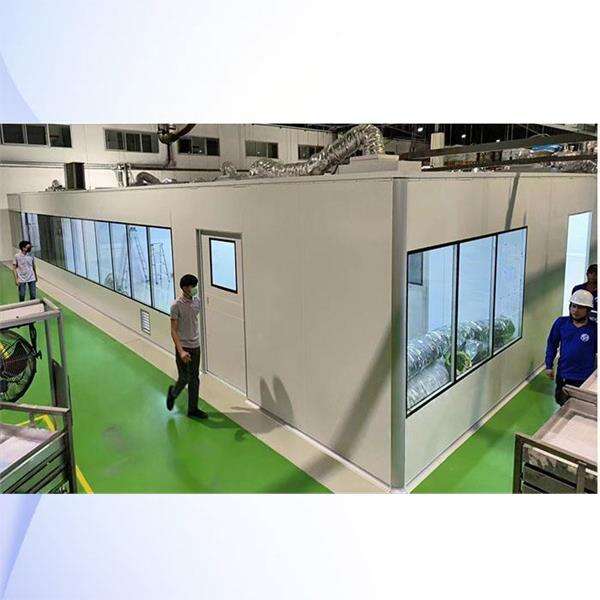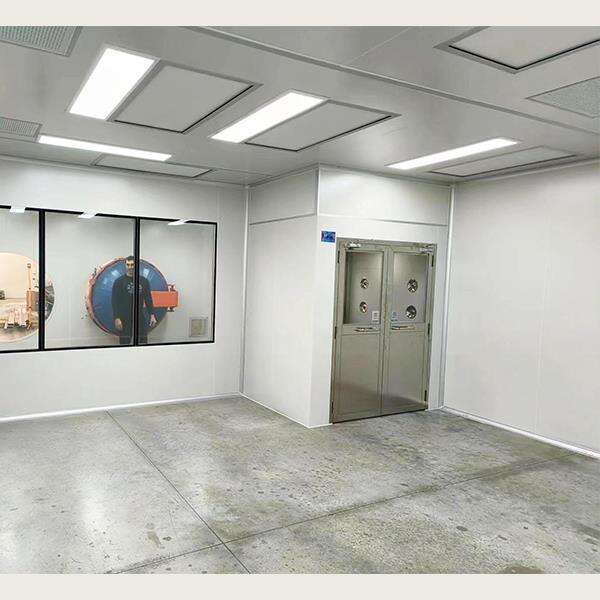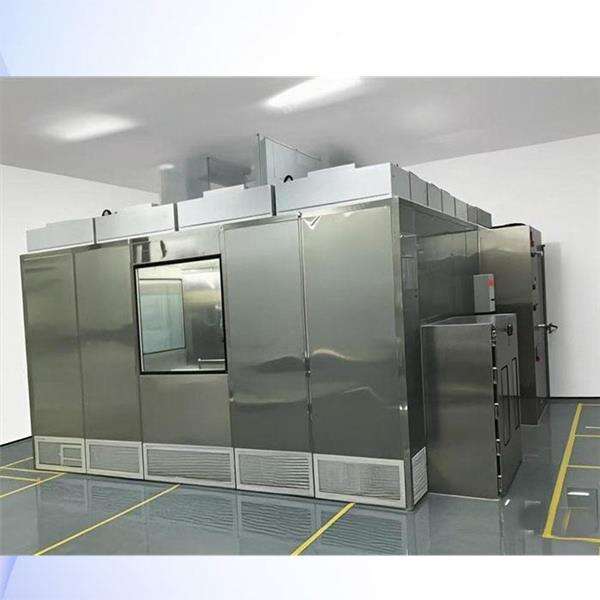It might be a little bit difficult to understand negative and positive pressure, but we need to see how they work in order to have clean air in the structures. Negative pressure by Anlaitech will have lower air in buildings than outside it allowing air from the outdoors to be drawn in thru cracks and openings. Negative pressure is when you have less air inside than out and are sucking infiltration in, because of this your soft venting washes sediment all through the storage sterile clean room. Positive pressure would be then again high weight on the in-take side that really pushes air out through creases openings and is made by supply ventilation.
When looking to incorporate a negative pressure system into your HVAC set-up, it is important to take the risks and benefits of such a design aspect into consideration. Naturally, this can be ideal for pulling pollutants and odors from indoor air but also results in negative air pressure that sucks outside air in through gaps in the building's walls or roof, adding to energy costs. However, positive pressure in iso class 5 cleanroom can also prevent airborne pollutants from coming in and facilitate the regular flow of fresh air to buildings without leakage.

They also add value to the buildings because of which are essential in positive pressure systems. These systems help to keep the contaminants out of the building by maintaining a higher pressure inside, and are designed to constantly circulate fresh air. This can reduce indoor air pollution and prevent respiratory issues like allergies, asthma, etc.

Decide Which Kind of HVAC Pressure System Works for You. Negative pressure systems provide better pollutant extraction but also require more energy and have the danger of drawing in unwanted air from the outside. Positive pressure systems in modular clean room design, however, can keep air consistent and clear without the problems of negative pressure.

In conclusion, it is necessary to evaluate the pros and cons of negative and positive pressure strategies for controlling indoor air pollutants.